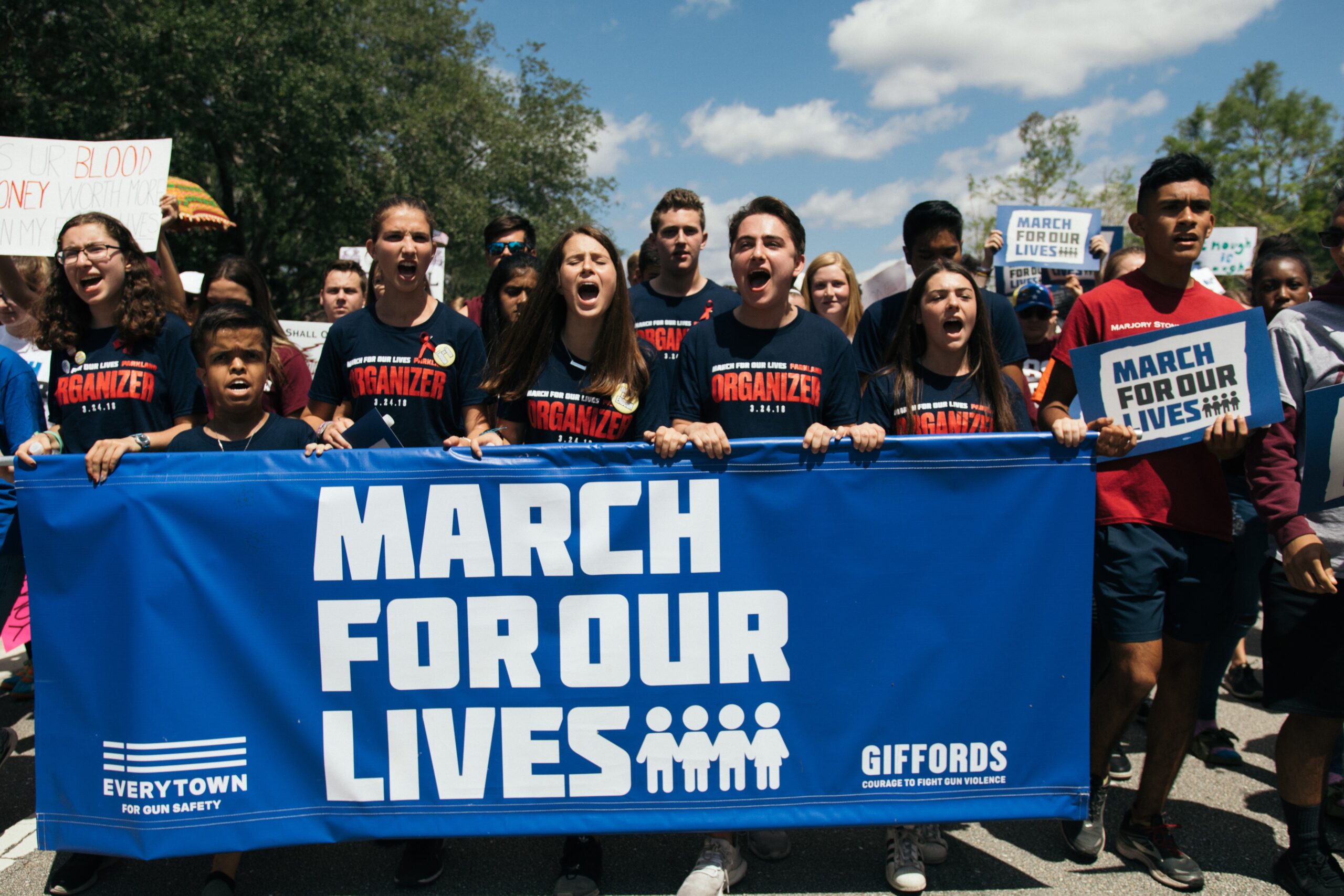Thinking with our eyes: The power of imagery to drive new narratives, Part One
In the past several years, foundations and nonprofits have embraced the concept of narratives – the subconscious story frameworks by which we understand the past and make sense of our present – as crucial to making social change.
This is more than just the latest buzzword. Narratives sort the chaotic problems of our world into a range of acceptable understandings and solutions. It’s simply human nature to use deep story frames to put our world into context and to share our contexts with others.
The current pandemic and related economic collapse put the need to create new narratives in bold relief. The social, economic and environmental crises laid bare by COVID-19 lend new urgency to redefining our country’s priorities. As the initial shock of the pandemic wanes, people are beginning to imagine what a more just and equitable post-pandemic society might look like.
But we risk being ineffective if we neglect one key element of redefining and reshaping narratives: the power of imagery.
As we push for a bolder, more inclusive future, we need to understand the full range of reframing tools at our disposal. While social change advocates are getting more adept at articulating text-based narratives, we have much room to grow in setting strategic visual narratives.
In this three-part series we explore narratives through the lens of four case studies, the NRA vs. the gun safety movement, the current coronavirus pandemic, the climate movement and the campaign to defeat the Trump Administration’s proposal to expand offshore oil and gas drilling in U.S. waters. Finally, we will close with four questions to ask yourselves as you develop new narratives on your issues.
Narratives are reinforced constantly, through the media, the images we see, the stories we hear, the conversations we have—and even through what is left out. In this way, narratives are self-replicating. This is what makes them extremely powerful tools for political change—for good or ill.
For example, for decades the National Rifle Association has reaped power from the narrative of the armed homeowner defending their family or property with a handgun. Though one study after another has documented that home invasion is an extraordinarily rare occurrence and gun-owners are much more likely to shoot a loved one than an intruder, the facts wilt under the power of the antiquated, but enduring narrative of “a man’s home is his castle.”
This narrative is reinforced, relentlessly, with visuals underscoring the dangers all around us. From the racist, manipulated images of Willie Horton during the 1988 presidential campaign to endlessly rehashed video of Antifa riots on Fox news more recently. Through these visuals, the NRA reinforces the narrative that homeowners and shopkeepers need guns to defend their property, loved ones, freedom and way of life.
 The gun safety movement’s visual narrative shifted dramatically after the mass shooting at Stoneman Douglas High School in Parkland in 2018. Whereas in 2012 after Sandy Hook parents were the face of the gun safety movement in 2018 the Parkland students took center stage and the narrative tilted toward “school safety.” No longer was it Wayne LaPierre of the NRA versus Michael Bloomberg of Everytown for Gun Safety. Instead it was kids against the NRA’s powerful lobbyists and their beholden elected officials. With the right visual storytelling, the narrative shifted.
The gun safety movement’s visual narrative shifted dramatically after the mass shooting at Stoneman Douglas High School in Parkland in 2018. Whereas in 2012 after Sandy Hook parents were the face of the gun safety movement in 2018 the Parkland students took center stage and the narrative tilted toward “school safety.” No longer was it Wayne LaPierre of the NRA versus Michael Bloomberg of Everytown for Gun Safety. Instead it was kids against the NRA’s powerful lobbyists and their beholden elected officials. With the right visual storytelling, the narrative shifted.
Narratives have the power to limit or expand the policy choices that we see as viable in any given political era by defining who we should admire and who we should dismiss, who is worthy of our empathy and who we should despise.
In Part Two, we will explore visual narratives in the current health pandemic, and Part Three will examine visual narratives in climate change and in oceans campaigning.

